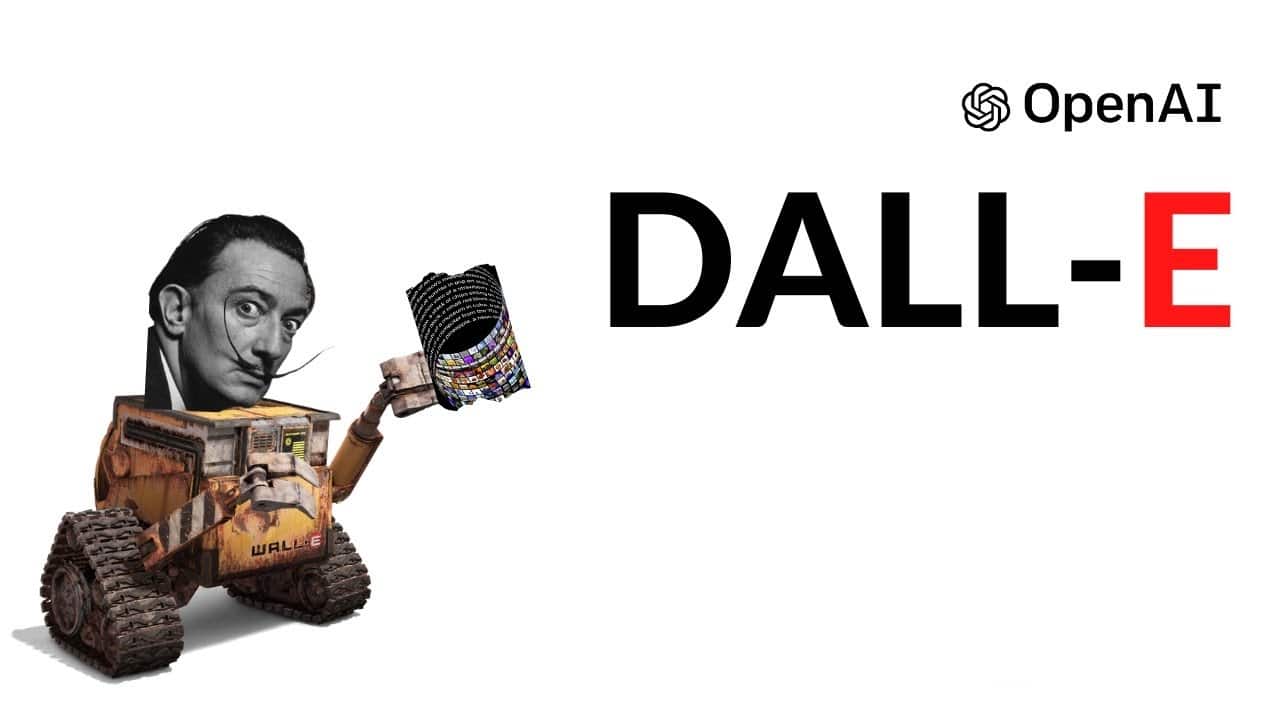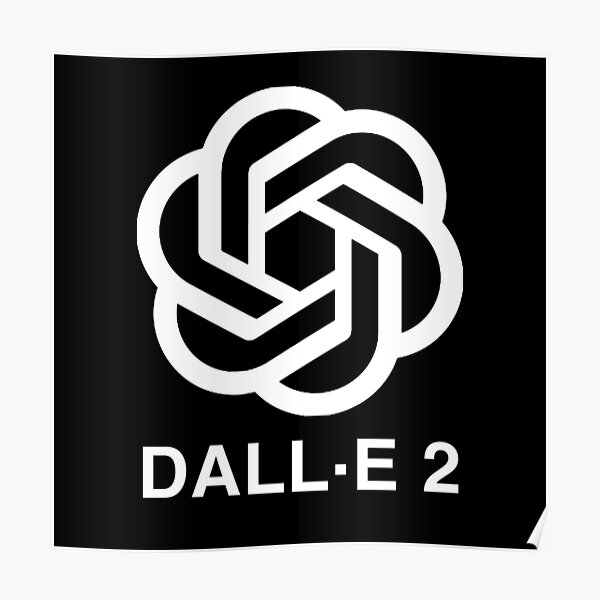DALL-E 2 is a generative AI image-creation model developed by OpenAI. It can be used to create realistic images from text descriptions. For example, you can give DALL-E 2 the text description “A photorealistic painting of a cat riding a unicycle on a rainbow” and it will generate an image that matches your description.
Artificial Intelligence (AI) has been making remarkable strides in various fields, revolutionizing the way we work, communicate, and interact with technology. One significant area where AI has made a profound impact is in the field of generative art. DALL-E, introduced by OpenAI in 2020, was a groundbreaking model that used deep learning to generate images from textual descriptions.
Fast forward to today, and OpenAI has released its highly anticipated successor, DALL-E 2, which takes generative art to an entirely new level. In this blog post, we will explore the incredible capabilities and potential of DALL-E 2.
Unveiling DALL-E 2:
DALL-E 2 builds upon the foundation laid by its predecessor, further pushing the boundaries of what AI can achieve in the realm of creative expression.
Like its predecessor, DALL-E 2 is a combination of two AI models: a VQ-VAE-2 encoder and a decoder. The encoder processes textual prompts and converts them into a numerical representation, while the decoder transforms this representation into a high-resolution image.

Enhanced Image Generation:
DALL-E 2 exhibits remarkable advancements in image generation, offering improved visual quality and diversity. It can generate highly detailed and intricate images that were previously unimaginable for an AI system.
Whether it’s fantastical creatures, breathtaking landscapes, or surreal objects, DALL-E 2 has the ability to bring them to life with astonishing realism.
Expanded Vocabulary and Conceptual Understanding:
One of the most notable improvements in DALL-E 2 is its expanded vocabulary and enhanced conceptual understanding. It can comprehend and interpret a wide range of textual descriptions, allowing users to generate images with greater precision and specificity.
With DALL-E 2, the AI system can now accurately visualize abstract concepts and translate them into captivating visual representations.
Conditional Image Synthesis:
DALL-E 2 introduces the capability of conditional image synthesis, enabling users to manipulate and control various attributes of the generated images. By providing additional constraints or modifying the textual prompts, users can specify desired features such as color, style, pose, or even combine multiple concepts into a single image.
This newfound flexibility provides endless creative possibilities and allows artists, designers, and storytellers to realize their visions more effectively.
Ethical Considerations:
While the advancements brought by DALL-E 2 are undoubtedly impressive, it is crucial to acknowledge and address the ethical implications that arise with such powerful AI models.
OpenAI has taken steps to improve DALL-E 2’s ethical behavior, ensuring that it adheres to guidelines and respects societal norms. Responsible usage and mindful oversight are essential to mitigate potential risks and ensure the ethical deployment of AI technologies.

Empowering Creativity and Collaboration:
DALL-E 2 holds tremendous potential in unleashing human creativity and fostering collaboration between AI systems and human artists. By augmenting human imagination, it serves as a tool to inspire and expand artistic horizons.
Artists can now use DALL-E 2 to explore uncharted territories, discover new visual possibilities, and create captivating works of art that blend the best of human and AI ingenuity.

Conclusion:
DALL-E 2 represents a significant leap forward in the field of generative art and demonstrates the incredible progress AI has made in recent years. With its enhanced image generation, expanded vocabulary, and conditional image synthesis capabilities, DALL-E 2 pushes the boundaries of what AI can achieve in terms of creative expression.
While ethical considerations are crucial, the responsible utilization of this technology has the potential to empower artists, designers, and storytellers, ultimately enriching the artistic landscape. As AI continues to evolve, it is important to embrace these advancements and explore the synergies between human creativity and the power of intelligent machines.
FOLLOW US FOR MORE TIPS

